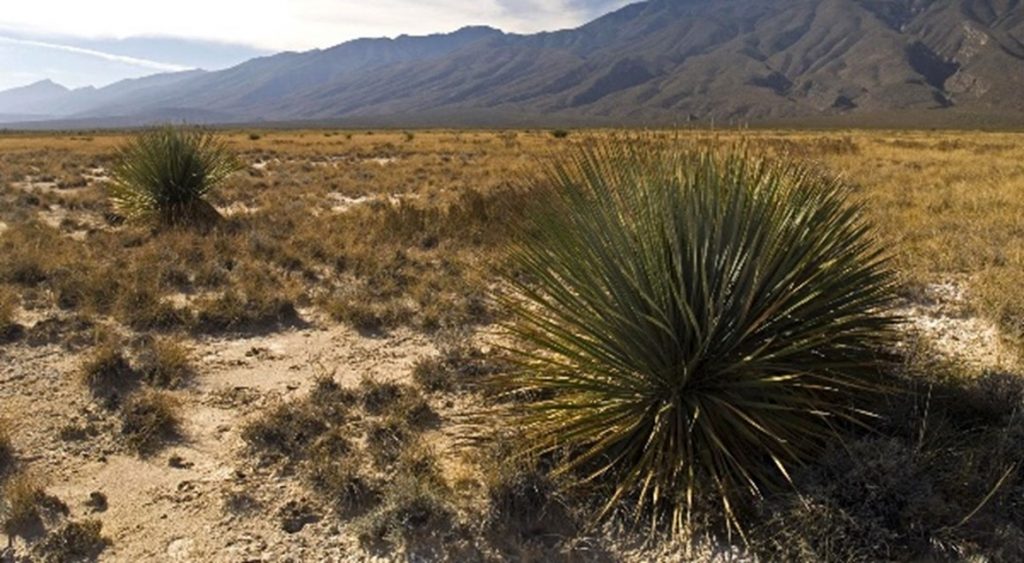Insignia oversaw the preparation of an Environmental Assessment and Biological Assessment for the construction of approximately 135 miles of mainline and header natural gas pipeline.
Insignia served as Project Manager on the Federal Energy Regulatory Commission’s third-party consultant team for this project that consisted of the construction of approximately 135 miles of a new, varying-diameter pipeline. We worked on behalf of Federal Energy Regulatory Commission staff in conducting the National Environmental Policy Act review for the project and preparing an Environmental Assessment, for which we directed all staff workload, document production, and public outreach activities, including public scoping and mailing. Throughout the process, Insignia worked closely with the Bureau of Land Management and Federal Energy Regulatory Commission staff to provide feedback on how to address comments received on the project by tiering issues and ensuring Federal Energy Regulatory Commission staff recommendations were incorporated to address any outstanding issues. By working with Federal Energy Regulatory Commission’s eLibrary system, Insignia ensured all public comments and tribal and agency concerns were thoroughly and appropriately addressed in the Environmental Assesssment. The Environmental Assessment was issued on time and in accordance with the project’s Notice of Schedule.
Insignia staff conducted Section 7 consultation per the Endangered Species Act, and the initial determinations of effect for impacts to four federally listed species were disclosed in the Environmental Assessment. A week after the Environmental Assessment was issued, the U.S. Fish and Wildlife Service requested that the Federal Energy Regulatory Commission issue a separate Biological Assessment to facilitate the U.S. Fish and Wildlife Service’s review, focusing on federally listed species’ potential impacts. The Biological Assessment included analysis of more than 20 special-status species. Because the Bureau of Land Management was a cooperating agency, the Biological Assessment also addressed certain Bureau of Land Management species of concern. Insignia pulled together a thorough and independent Biological Assessment within a 2-week timeframe with input from Federal Energy Regulatory Commission staff. The Biological Assessment was issued, still well within the 30-day public comment period that was ongoing for the Environmental Assessment. This effort benefited both the U.S. Fish and Wildlife Service (which helped expedite its review) and Federal Energy Regulatory Commission staff, who were able to close out Section 7 consultation activities before Federal Energy Regulatory Commission authorized the project.
